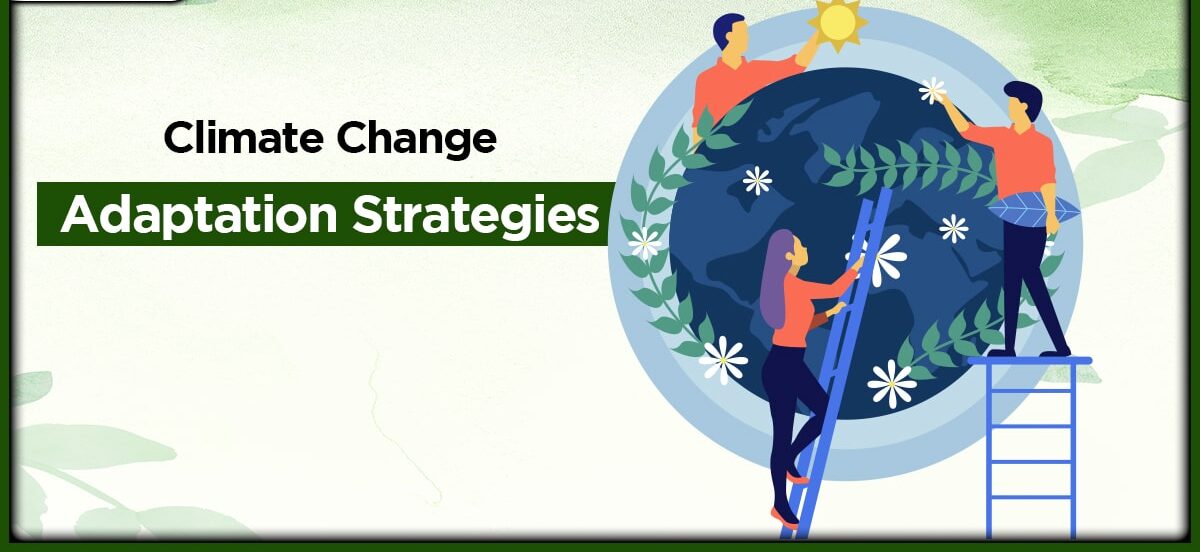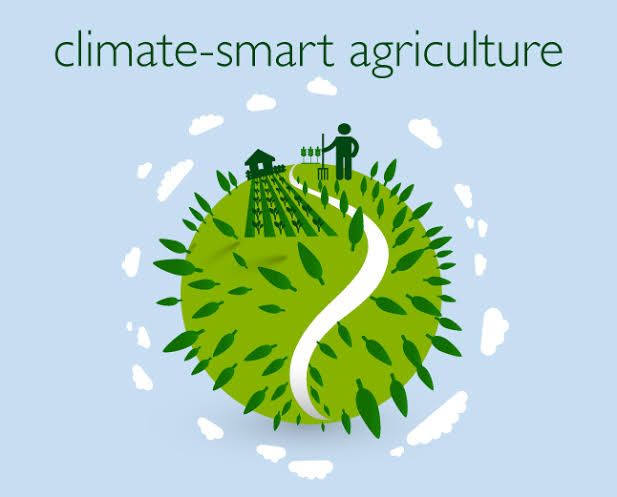
This pillar focuses to intervene and implement projects targeted to green the country, plant trees embrace renewable energy uptake, blue and green economy, circular economy, climate smart agriculture, food security, behavior change for climate action, adaptation, e-mobility uptake and skilling of youth, women and persons abled differently towards climate friendly economic activities. Our flagship projects include:

PROGRAM OVERVIEW
The Green Ambassadors Project-
Under this project in partnership with Government of Kenya and partners to mentor young people towards a sustainable planet through Green Ambassadors clubs. The clubs are volunteer champions and ambassadors of a green Kenya as well as encourage youth to Agriculture right from childhood. We target to plant at least 12 Million trees per year through the clubs. Run the Green Ambassadors Challenge- Mobilize annual green champions across all the counties and have a national Green Ambassador.
Greening schools project
Through the Green Ambassadors clubs and partners, we implement greening schools. The focus is on public schools ensuring that they have green fencing, flower beds, and promote the planting of fruit trees in school compounds plus gardens. Through a peer inspiration model, the Green Ambassadors club’s members will adopt the trees and hand them over as they exit school.
Go Green and Blue Projects (GG&B)
This project focuses on skilling for jobs, employment creation and contribution towards reduction of carbon emissions. It involves establishment of demo climate smart farms, tree nurseries, wood-lots, orchards, demo training farms and institutions across the country. (Technologies such as solar energy, biogas, organic farming models, aquaponics, regenerative agriculture to be passed to youth, women and persons abled differently).
Research, Policy and Advocacy projects
Push for establishment of County Climate Action Plans, Establishment of County Climate Action Partnership policies, Youth in Agribusiness Strategies, Renewable Energy uptake regulations uptake
Green-Fence Kenya Campaign.
This initiative is meant to ring-fence
Kenya with a forest fence around its perimeter. Kenya’s perimeter of 3446
Kilometers can accommodate total 2,000,000 trees in good spacing. We
target to Tree-fence it with five rings total 10,000,000 trees by 2027.
Impact
Climate change mitigation and adaptation efforts have far-reaching positive impacts on the environment, economy, society, health, and global cooperation. By acting decisively to address the climate crisis, we can create a more sustainable and resilient world for current and future generations.
